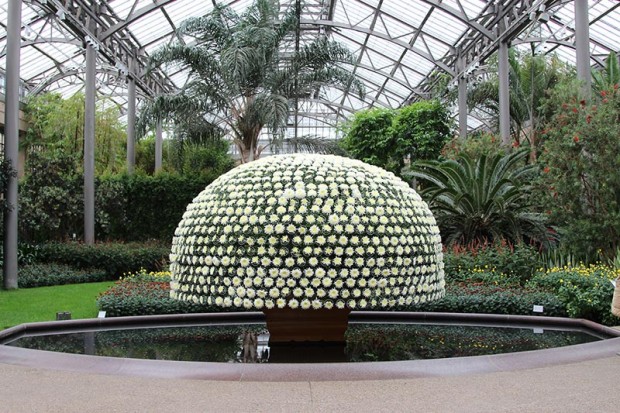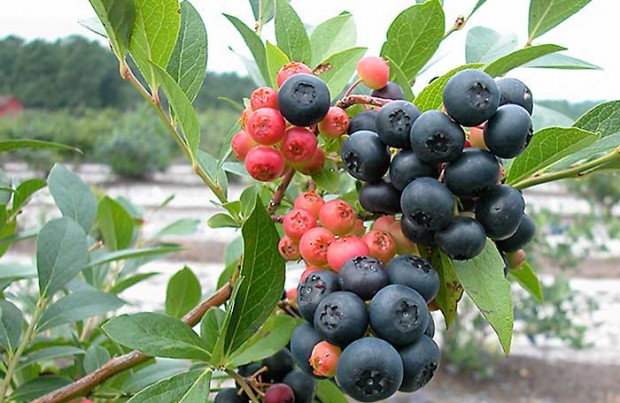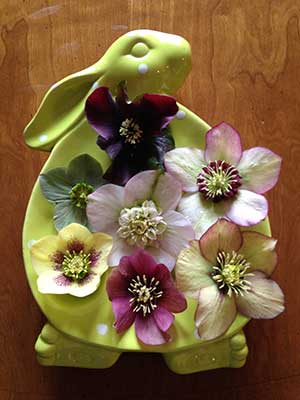A little over a year after it was moved 100 yards, a 65-foot tall, 250 year old bur oak tree is thriving outside the University of Michigan Ross School of Business. The 700,000 pound tree was moved to accommodate an expansion at the business school.
In an interview with The Ann Arbor News, Marvin Pettway, U-M’s senior supervisor for grounds, said, “The tree is doing excellent, especially considering all the factors. It went through the winter well and we gave it a fertilization upon bud swell. It leafed out nicely and had great spring color.”
In honor of the team’s effort to preserve the tree, U-M Grounds was selected to receive the 2015 International Society of Arboriculture Gold Leaf Award for Beautification. Pettway accepted the award at a ceremony in Lansing earlier this year.
Check out a video, photos and the full story on the move here…





